Why is hydrogen assigned different colors?
In 1875 the French Novelist Jules Verne published The Mysterious Island in which the protagonist Cyrus Smith envisioned a solution to the perceived inevitable exhaustion
In 1875 the French Novelist Jules Verne published The Mysterious Island in which the protagonist Cyrus Smith envisioned a solution to the perceived inevitable exhaustion
Methane belongs to a class of so-called “super pollutants” that simultaneously contribute to climate change and degrade the health of people and ecosystems. It has
Fossil fuels are most thought of in terms of the energy services they provide: petroleum-derived fuels in transportation, natural gas for heating, and coal for
This could be a paragraph for the data story, This could be a paragraph for the data story,This could be a paragraph for the data
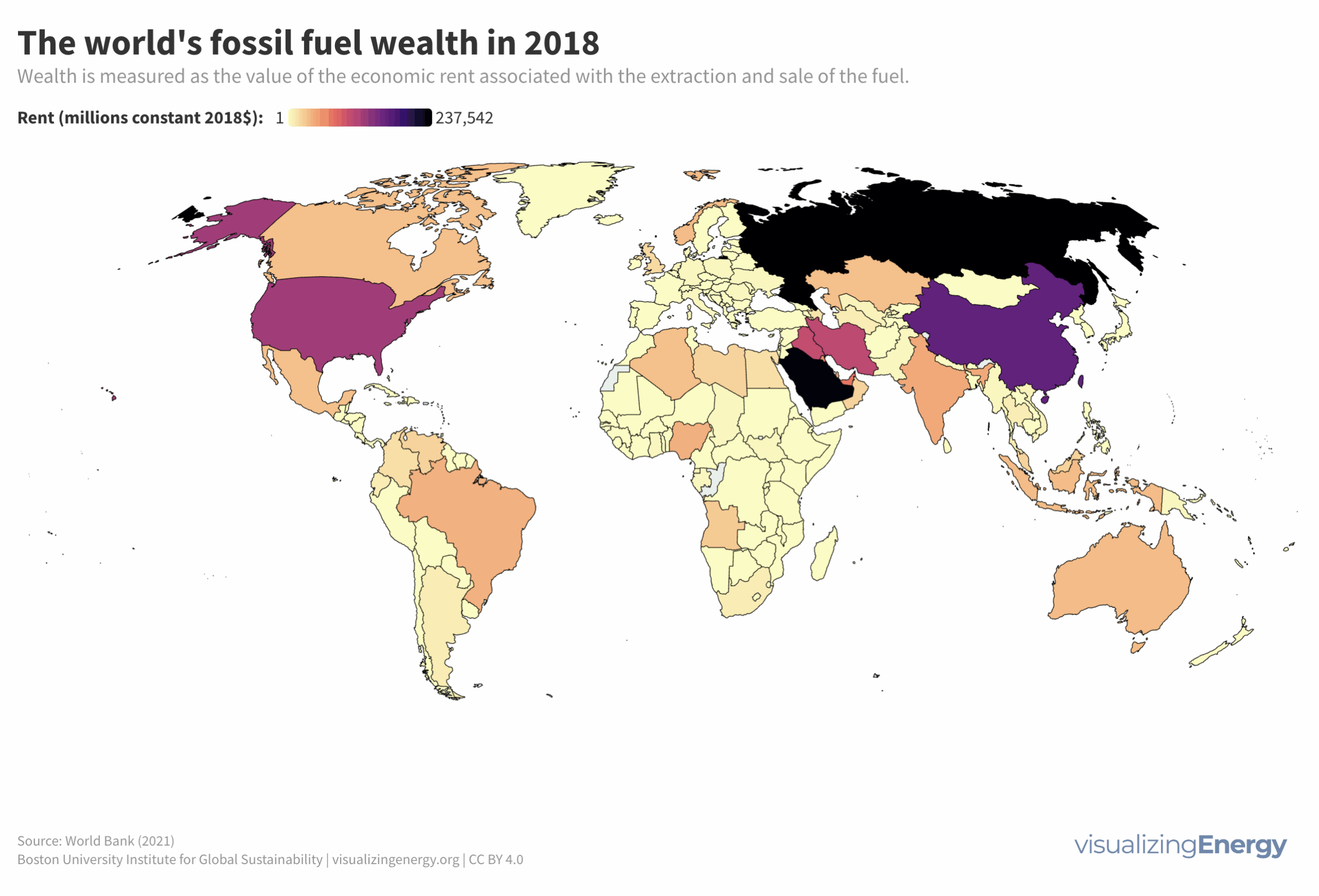
The well-being of a nation’s population is determined in part by how the nation’s wealth is managed. Wealth has two principal components. The first is
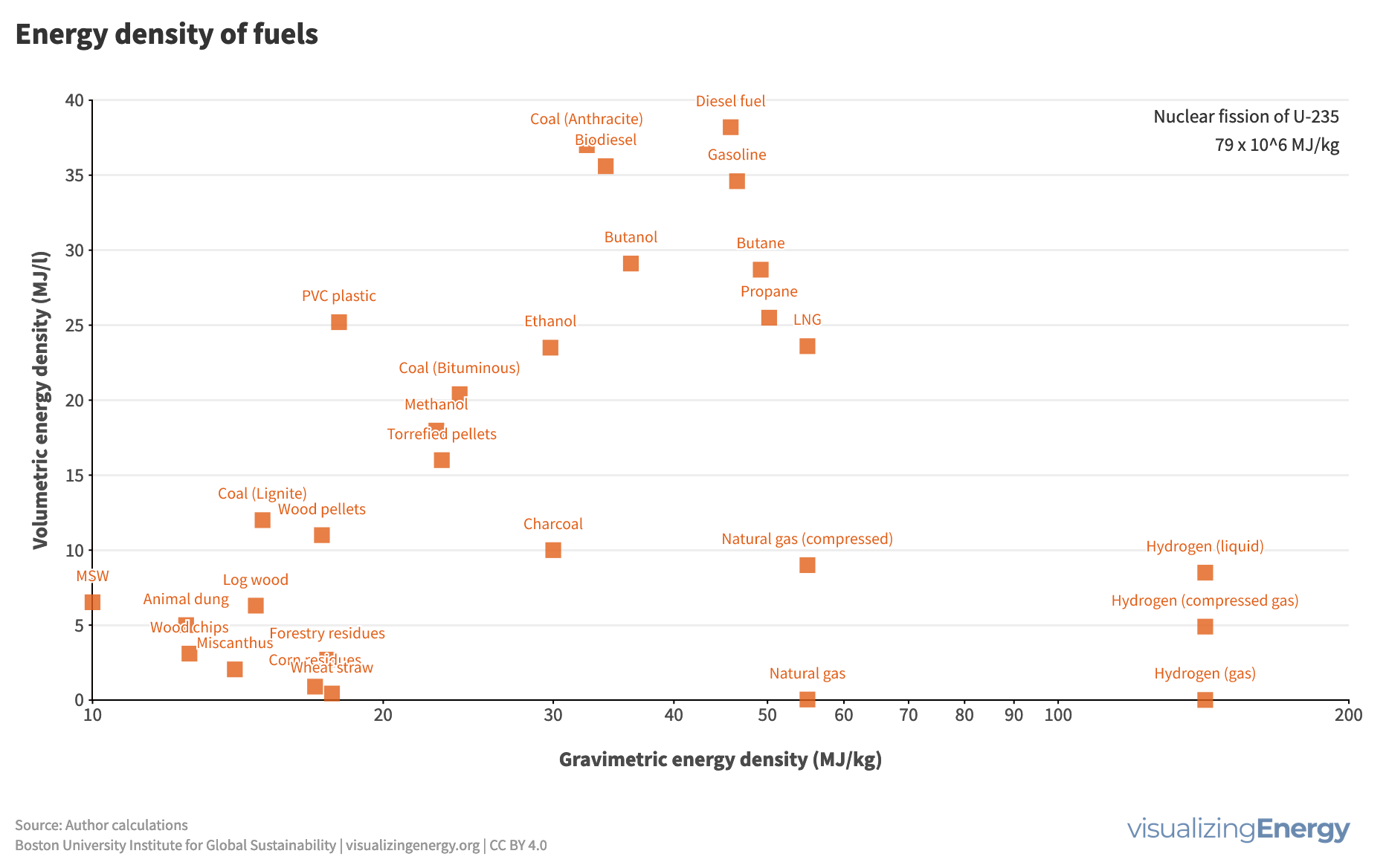
Fuels like wood, diesel, and natural gas have shaped human energy history, driven by technological, economic, and environmental forces. Liquid fuels from oil, with their high mass and volumetric energy density, led to their supremacy in transportation. Shifts in fuel types also influence the devices that convert them into energy services.

The reserve-to-production (R/P) ratio calculates the lifespan of fossil fuel reserves based on production rates. In the U.S., regulatory frameworks affect reserve reporting, with oil R/P ratios declining from over 40:1 in the early 20th century to about 10:1 today. State-owned enterprises often inflate reserves, complicating future availability assessments.
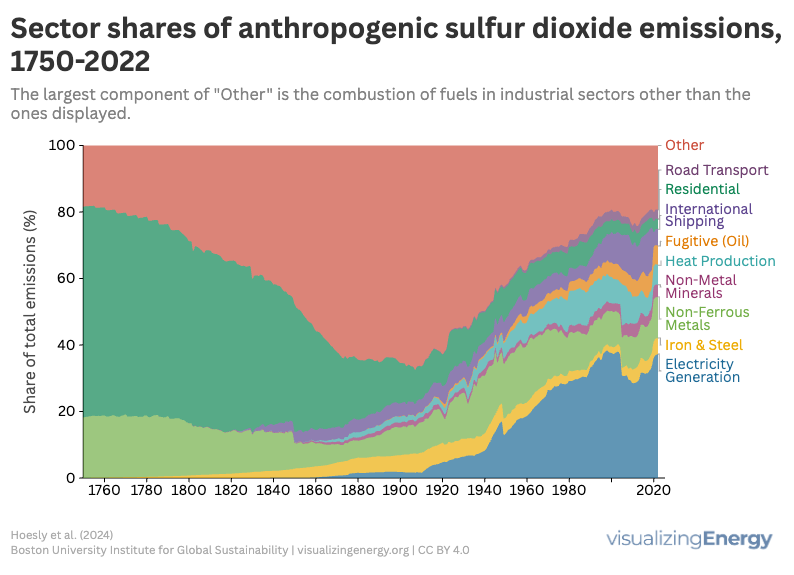
Sulfur dioxide (SO₂) is a major air pollutant produced from burning sulfur-containing fuels. It poses health risks, including respiratory issues and links to heart disease, while harming the environment by contributing to acid rain. Emissions have significantly decreased due to regulations and technology, but global reliance on fossil fuels continues to impact levels.
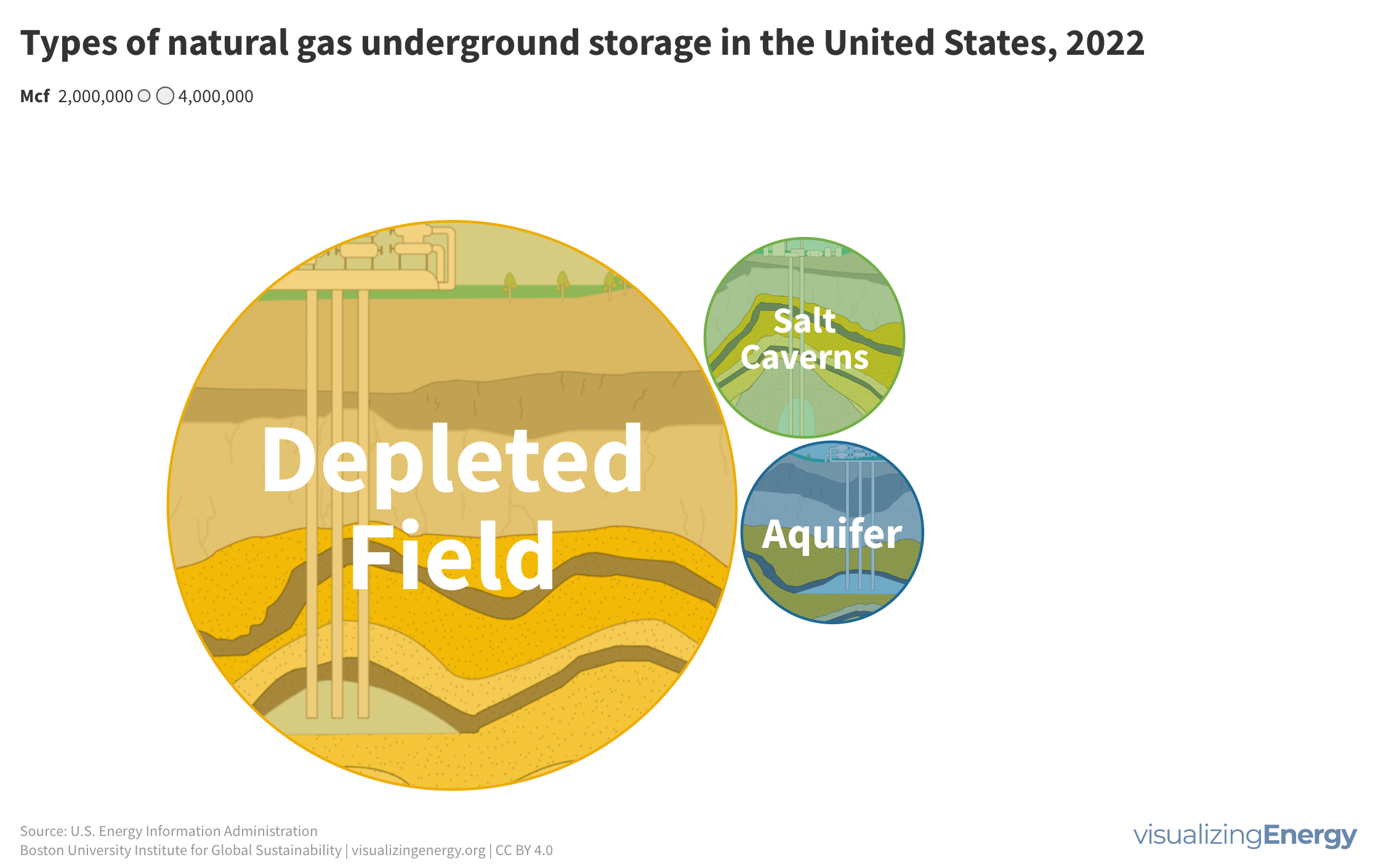
Natural gas demand in the U.S. varies seasonally, with higher consumption during colder months potentially causing price increases due to supply shortages. Underground storage, primarily in depleted reservoirs, salt caverns, and aquifers, helps balance supply and demand year-round. Storage levels drop significantly during colder winters, affecting overall availability.
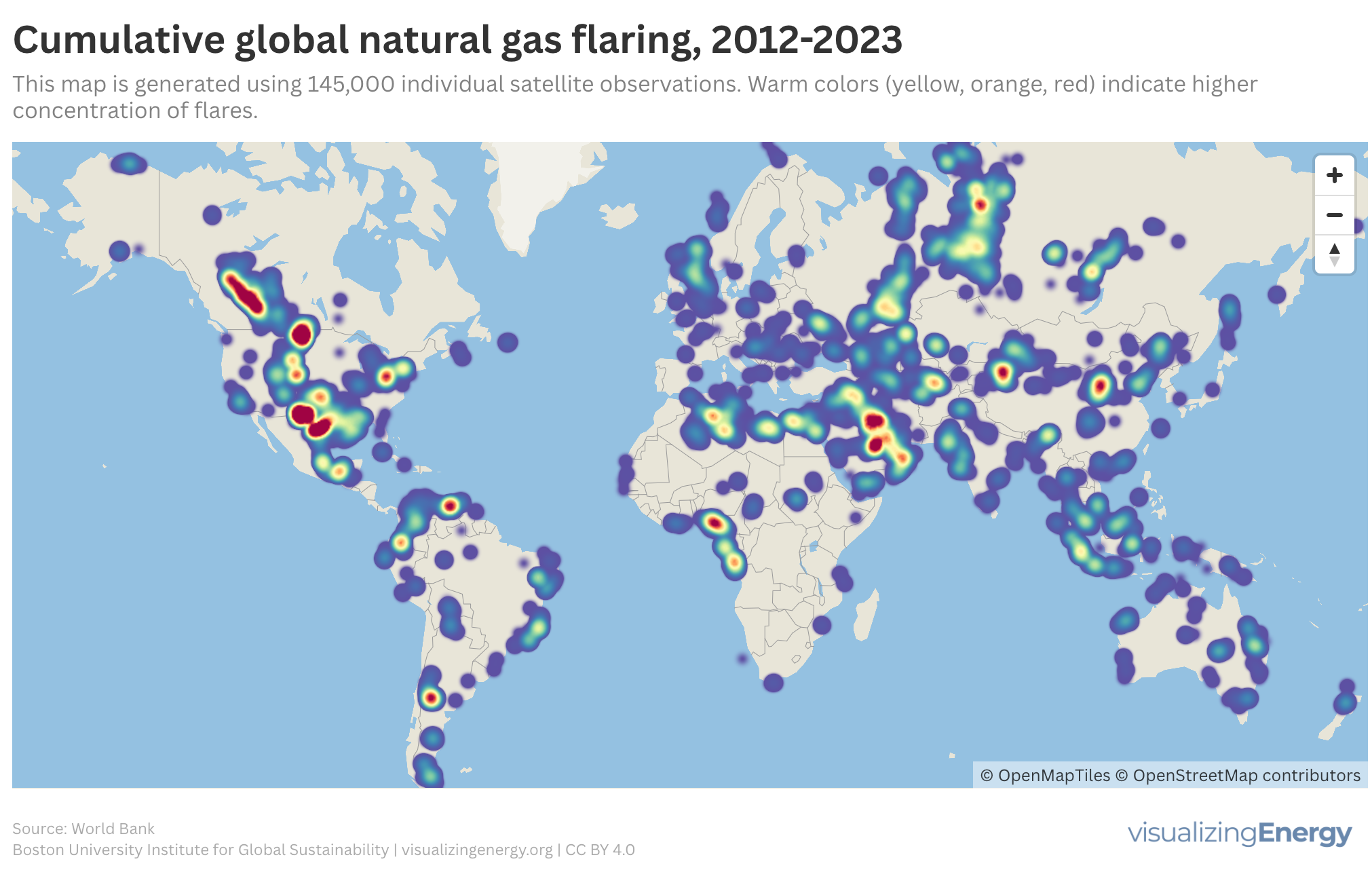
Crude oil and natural gas often coexist in reservoirs, leading to natural gas flaring when oil is extracted. This process not only wastes energy but also contributes significantly to global methane emissions. Despite initiatives like the Zero Routine Flaring by 2030, flaring volumes remain high, particularly in nine major countries responsible for the majority.